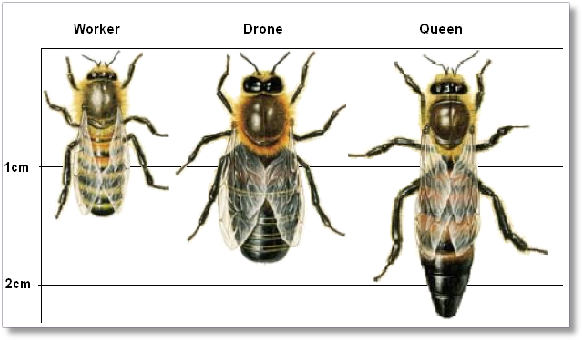Bee Blog December
Hello,
I am Gerald Bushby (pronounced bush bee!) a beekeeper in Weston on the Green, a small village in Oxfordshire. I am going to be writing a monthly blog about the bees in my apiary. I hope you will find it interesting. I should start by saying that I am not an expert, having only kept bees for three years. Anything I say is my own personal opinion; I accept that there may often be other views and opinions.
Colder weather arrived in November and with it the first frosts of winter. Some bees can still be seen flying even when there is frost on the ground. They tend to like a “lie in” first thing on a frosty morning, but when the sun hits the hive, heads start to appear at the hive entrance and a few venture out. They are not present in summer numbers but there can be quite a lot of activity if the conditions suit them. Not only do they like a “lie in” first thing, they also like to be back home tucked up in the cluster by mid afternoon as soon as the temperature starts to drop.
I have two hives to over winter. The first consists of just the brood box so I have started to feed this hive with fondant. A pack of 454 grams was installed on the 8th November and this had been consumed by the 21 November. I will keep feeding this hive now, until spring. On the second hive I left a full super of their own honey on top of the brood box so I hope I will not have to feed this hive with fondant. I will be watching to see how fast the honey is consumed.
Bees come in many different types or races, with sub species within races, but all belong to the genus Apis, which is part of the order Hymenoptera. The western honeybee is Apis Mellifera of which there are four major subspecies. The largest proportion of honeybees in the British Isles are now hybridised because of the large volume of imports from the UAS, New Zealand and Europe. I will talk about types of bees in a later blog but this month I will cover the Apis Mellifera in my hives.
In my hives there are three distinct types of bee : The queen, the workers and the drones.
The queen is the mother of all of the bees in the colony. She has longer legs and a longer more pointed abdomen than the workers. Some people expect her to be much larger than the workers but this is not so. The queen has a sting. It however is curved and less barbed than the workers and can be withdrawn without endangering her life. Her tongue is shorter than the workers. She never drinks nectar from flowers. She is fed by her attendants. She has no wax glands and takes no part in making the comb. There is generally only one queen in the hive at any one time.
There can be anything from 20,000 to 50,000 worker bees in the hive. Workers are infertile female bees who spend their lives “working” as the name suggests. They forage for the colony, create the wax combs, load cells with honey and pollen, protect the hive from marauders and nurse the brood of larvae through to adulthood. Workers have pollen collecting apparatus on their legs and wax glands for producing the wax to build the comb. The workers sting is barbed. After using her sting, the worker generally dies as she tries to withdraw the stinger after use.
The last of the three types of bees occupying the hive are the drones. Drones are male. There is usually not more than 2,000 drones in the hive. They are larger and more burly than the workers. Drones have no pollen sacs or wax glands, their tongues are very short and they have no sting. A drone never takes part in foraging, nest building or defence. His sole aim is to follow a virgin queen on her “nuptial” flight and try to mate with her.
On the face of it, it looks as if the male Drones have an easy life, being looked after, fed and sheltered and with only one job; reproduction. As with most things in life however, if it looks too good to be true, it often is. The process of ejaculation when mating with the queen is explosive, semen is blasted through the queen’s sting chamber and into the oviduct. The process is sometimes audible to the human ear, akin to a "popping" sound. If the drone is successful in mating with a virgin queen the explosive mating process separates the drone from his reproductive parts and he dies, ouch !!!
I am a proud supporter of the ‘Bees for development’ charity, my love of the bee drew me to this wonderful UK based charity and the great work they do around the world with Bees and the impact they can have on people’s lives. Please help me support this wonderful organisation, as 2BScientific will be doing with donations to this hard-working charity.
Next time : The best of times, the worst of times.
